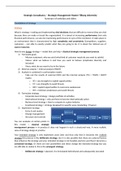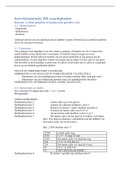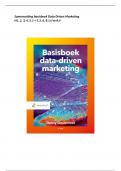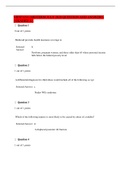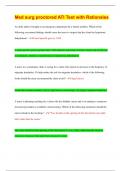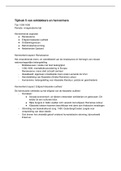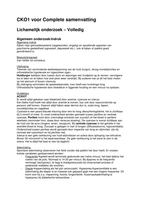Samenvatting
Detailed summary of all webclips Strategic Consultancy - Master Strategic Management
- Instelling
- Tilburg University (UVT)
All webclips 1 - 16 (except 14 'presentation delivery' and 16 'evaluation'), includes papers that are mentioned. Charts, tables and pictures for visualizations of the concepts described.
[Meer zien]
